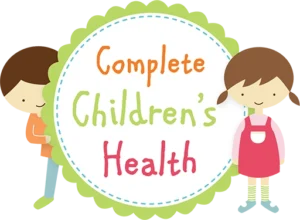by Melissa Juzva, Psychologist | Director, Solution Psychology
When working with children on anxiety most parents (and children) want to jump straight to fixing the behaviour or the outcome when really we need to work on helping them change their thoughts. This, in turn, changes their feelings which in turn changes their behaviour.
Lets take the following example, you are about to swim the race of your life, you look in the lane next to you and there is the fastest swimmer in the school, imagine your thought is “There I no way I am going to win this race” (thoughts), this creates feelings of fear, dread, nervousness and possibly even anger (feelings), how are you likely to perform?, you are likely to swim slower (behaviour).
Imagine the same scenario with a different thought “Oh, this is going to be a challenge, I am unlikely to win but I might get a personal best time” (thoughts), this creates feelings of nervousness, excitement and anticipation (feelings), how are you likely to perform?, you are likely to swim faster, trying to keep up with the faster swimmer aiming for that PB.
Cognitive Behaviour Therapy (CBT) means helping your child to become a detective, to search for their thoughts. Once they can “catch” their thoughts, helping them sort through them and notice if they are helpful or unhelpful. If they are unhelpful, we get rid of them. Visualise putting them in the bin, imagine a rocket blasting them off to space. Then we replace them with helpful thoughts. It is important however that these helpful thoughts are realistic. For example, if the unhelpful thought is “I’m hopeless at basketball” and basketball is genuinely not a strength, then you don’t replace it with “I’m awesome at basketball” but try something like “I love seeing my friends at basketball” or “I can try”.
Often the most difficult part of this process for children is noticing and catching their thoughts. In sessions with children when they are asked to identify their thoughts, they most often confuse them with “feelings”. It is not uncommon to ask a child “what were you thinking” and they respond with a feelings word such as “nervous” or “scared”, so we need to help them to identify their thoughts and feelings. Give them loads of examples of scenarios of others:
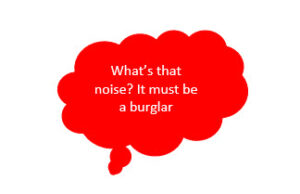
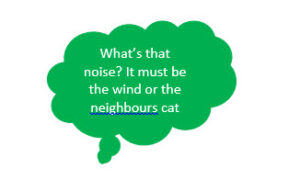
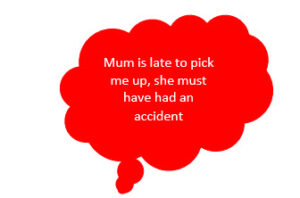
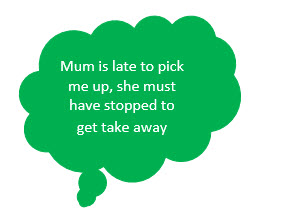
Help them then understand that this led to feelings of nervous or scared which then led to behaviours of crying, going to mum and dads bed, being unable to sleep etc.
Being a detective thinker means that we are teaching our children to look for evidence, help them search for evidence to dispute their negative thoughts. Ask these questions:
What is happening (the event)
What am I thinking (unhelpful thoughts)
What is my worry rating? (Rate from 0-10 with 0 being not at all worried)
What is the evidence?
What else could happen? (Alternatives)
What happened when I worried about this before? (Prior experience)
What is likely to happen? (Further evidence)
What has happened to other people? (Normalise)
What is a more realistic thought? (Helpful thought)
Before children can apply the answers to their own fears and anxieties, it is often helpful for them to practise examples of anxieties and fears of others. Have them interview family members asking these questions. Once they have practised on others, they can then start using the same principles of CBT with their own thoughts and feelings.
Like riding a bike, learning to write or baking a cake, CBT skills take practice but once we have these skills, they are lifelong and what we know from neuroscience is that we can carve new pathways in our brain, so we can teach our brain to think in more helpful ways if we practice the skills of CBT.
